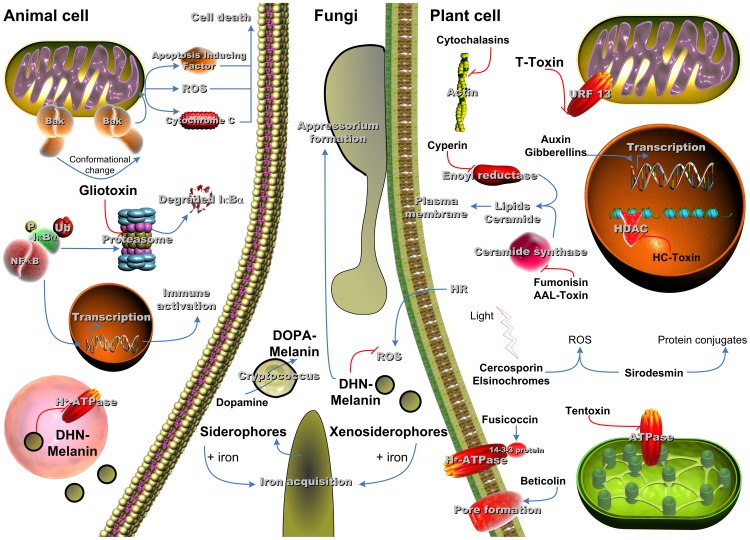Figure 1. SM with influence on virulence of fungi in the respective host system.
Animal cell: Gliotoxin acts on the mitochondrial protein Bak, which leads to apoptosis and inhibits the activation of NFκB through blocking proteasomal activity; DHN-melanin from A. fumigatus inhibits vH+-ATPase activity and therefore acidification of the phagolysosome, which counteracts killing of the conidia. Fungi: Siderophores are released by the fungus to ensure iron availability; DHN-melanin from plant pathogens is crucial for appressorium formation and counteracting reactive oxygen species (ROS) produced by the plant through hypersensitive response (HR) to prevent the spread of fungal infection; DOPA-melanin produced by C. neoformans from external precursors is an important part of the fungal capsule. Plant cell: Cytochalasins block cytokinesis; T-Toxin inhibits mitochondrial energy production; Fumonisin, AAL-Toxin, and Cyperin affect the membrane integrity; Auxin and Gibberellins act as phytohormones and alter transcription activity; HC-Toxin inhibits histone deacetylase; after light-driven activation both Cercosporin and Elsinochromes produce ROS, which damage the cell; Sirodesmin induces ROS and the formation of protein-conjugates; Tentoxin inhibits chloroplastidial energy production; Fusicoccin mediates irreversible stomata opening; Beticolin forms pores in the membrane and leads to leakage of the cell.

